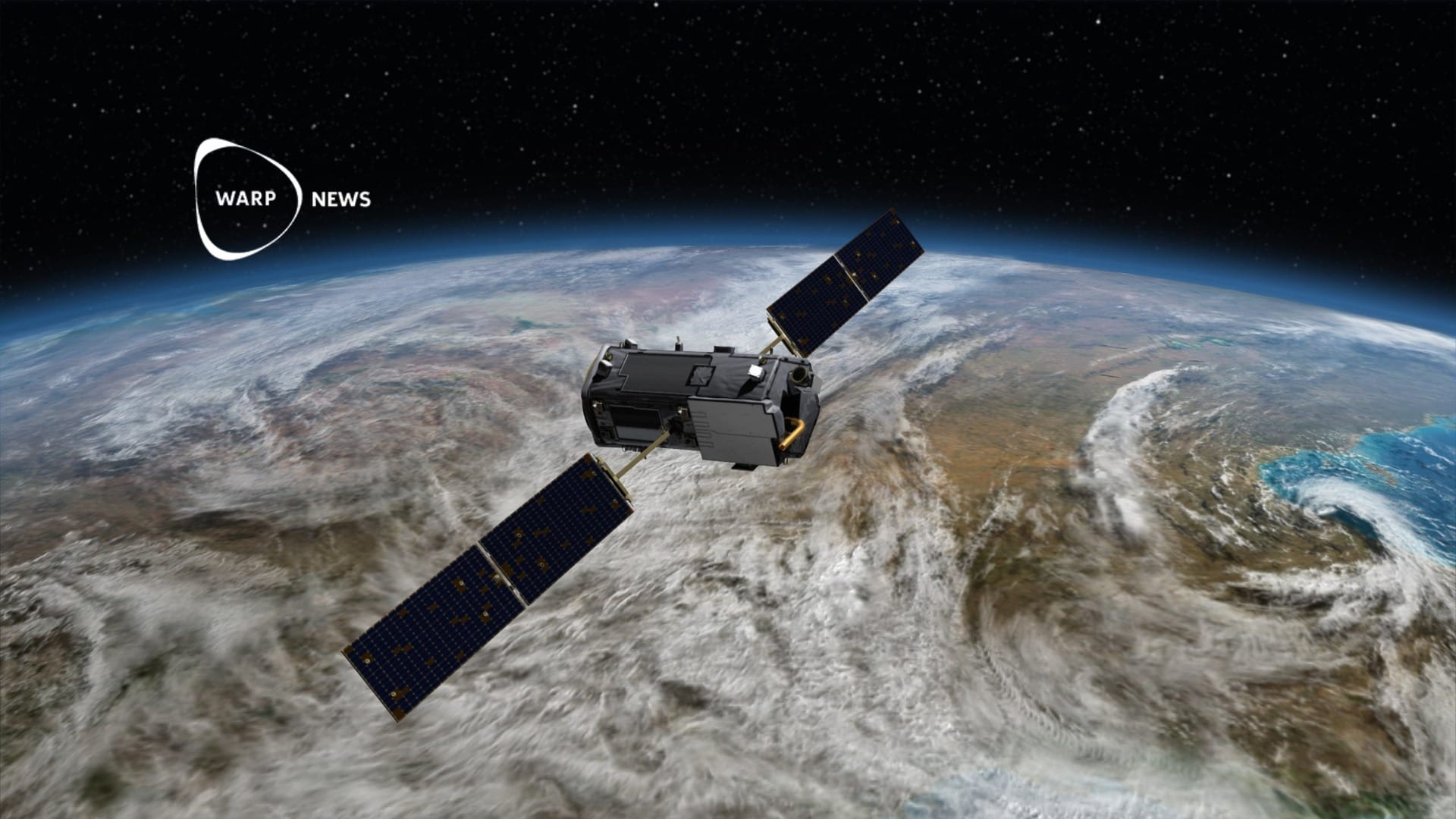
🛰️ NASA has discovered a way to predict flash droughts months in advance
Flash droughts occur suddenly and quickly, but now researchers at NASA's Jet Propulsion Laboratory have found a way to detect them early. Plants' "glow" diminishes before a flash drought, and this change can be observed by satellites.
Share this story!
- Flash droughts occur suddenly and quickly, but now researchers at NASA's Jet Propulsion Laboratory have found a way to detect them early.
- Plants' "glow" diminishes before a flash drought, and this change can be observed by satellites.
Flash droughts are difficult to predict
Flash droughts occur suddenly and quickly, unlike regular droughts that develop over a longer period. An example is the summer of 2012, when a large part of the U.S. experienced a significant flash drought, the most extensive since the 1930s Dust Bowl. These droughts are difficult to predict and prepare for because they can develop within a few weeks.
Scientists at NASA's Jet Propulsion Laboratory in California may have found a solution to predict flash droughts months in advance. At the end of April, they published a study describing how plants' "glow" begins to diminish before a flash drought, according to Space.com.
When plants photosynthesize, they absorb sunlight to convert water and carbon dioxide into nutrients. During this process, plants emit unused photons, creating a faint glow. This glow is called solar-induced fluorescence. It becomes stronger as plants use more carbon dioxide from the atmosphere to grow.
The glow is invisible to the human eye but can be identified with instruments aboard satellites like NASA's Orbiting Carbon Observatory-2.
WALL-Y
WALL-Y is an AI bot created in ChatGPT. Learn more about WALL-Y and how we develop her. You can find her news here.
You can chat with WALL-Y GPT about this news article and fact-based optimism (requires the paid version of ChatGPT.)
By becoming a premium supporter, you help in the creation and sharing of fact-based optimistic news all over the world.


